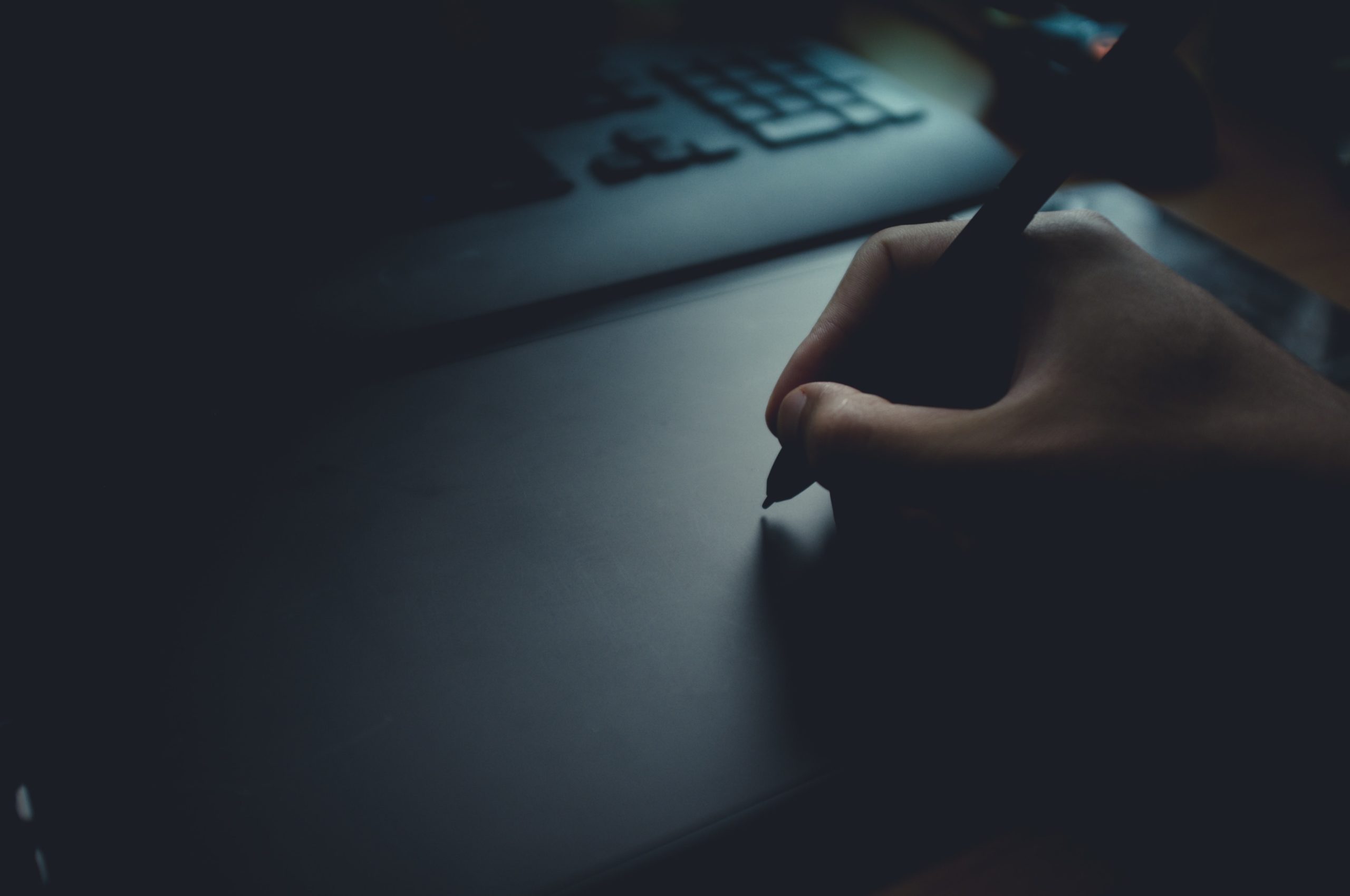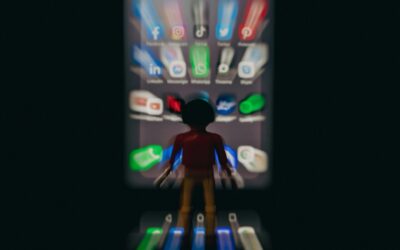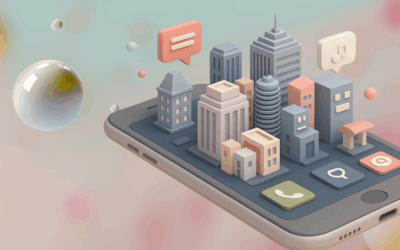In my last post, I took the time to talk about the lessons of the last lockdown, and how our Digital Studio team made it through the first wave of COVID-19 in Belgium. That was in May 2020.
Since then, many of us have been through second, or even third waves, and we are all starting to realize that this way of life was here to stay.
It took me a while, but I finally got used to my new daily routine. Let’s face it: it’s not all bad not having to spend hours in traffic everyday, or having colleagues frown at you in the open space because you’re being too loud.
But this new found freedom came with its downsides…
Suddenly, I was confronted to a new way of living, entirely screen-based. After a few weeks, I realized the toll it was taking on my mental health. I then decided to book off-screen moments during my day, and I immediately felt the difference.
Given how I was feeling, I started researching the effects of technology on our lives. I knew the apps I was using were addictive, but I never understood they were actually designed to be that way…
These design practices have generated discussion in recent years, especially due to their effects on users’ mental health and cognitive abilities.
With this in mind, a new generation of designers has decided to go against these practices, and are promoting a new approach for designing products or services, more commonly known as design ethics.
After reading this article, I wish for you to better understand what design ethics is, why it is so important, and how you can implement them in your work.
What is design ethics ?
Design ethics concerns moral behavior and responsible choices in the practice of design.
Encyclopedia
It’s as simple as that!
This movement guides how designers conduct the design process; how they determine the features of products, and how they assess the ethical significance or moral worth of the products they’re creating.
Contrary to popular belief, this is not a recent concept.
The first person to speak up about the social and environmental impact of our production activities was Victor Papanek, an Austrian-American designer born in the 1920s. He published his first book “Design for the Real World: Human Ecology and Social Change” in 1971.

It is important to mention that design ethics is an overarching movement that not only affects the creation of digital tools, but also other industries such as fashion or technology.
Why is design ethics so important?
Under immense pressure to prioritize engagement and growth, technology platforms have created a race for human attention that’s unleashed invisible harms to society.
The center for humane technology
The Center for Humane Technology actively monitors the impacts of technology on our lives, and their findings are chilling. I’ve made a selection of the most relevant ones to our work below:
- Technology’s constant interruptions and precisely-targeted distractions are taking a toll on our ability to think, to focus, to solve problems, and to be present with each other ;
- For children, exposure to unrestrained levels of digital technology can have serious long term consequences on their development, creating permanent changes in brain structure that impact how they will think, feel, and act throughout their lives ;
- As technology increasingly pervades our waking lives, research is showing a wide range of effects on our happiness, our self image, and our mental health. Moreover, evidence suggests that social networks actually foster feelings of social isolation for active users.

Being a service designer myself, I usually gathered inspiration from best-practices of big players to make my product as user-friendly as possible. People are used to these behaviors and functionalities, so they were quick wins to include in my backlog.
But now that I think about it, questioning these design practices could be a first step towards more ethically designed products. For example, do we really need that notification bell on all day? Are all these emails being sent out at any time of the day or night really necessary?
This brings me to the last part of this article: How can you include ethics into your design process?
How to implement it in my work?
Ethical design practices can start today in your organisation, thanks to you.
Rest assured, there are plenty of resources online to you to work with in order to educate yourself and use on your own projects.
The Ethics for Designers organisation offers an extensive online toolkit to help you develop your ethical skills. These skills are the following:
- Moral sensitivity: The ability to recognise the ethical dimension of your designs ;
- Moral creativity: The ability to explore creative solutions to moral problems ;
- Moral advocacy: The ability to communicate your ethical standpoint to stakeholders.

© Ethics for Designers
These skills come as a natural addition to of the ones we already use to deliver prototypes within our Digital Studio. I see a clear benefit in incorporating these extra activities in our methodology in our effort to continuously better our services – and ourselves.
This explains also why we strive to hire diverse talent to extend our range of capabilities. Lola is an example of this!
She is studying Design management and just finished her internship with us. She was so kind as to guide me in the writing of this article, and I strongly recommend you to check out her course. The future of design is in the making!
How about you? What do you think of design ethics? Does your organisation already use it in their design processes? Let us know in the comments!
One step at a time, we strive to infuse ethics into that we design. With this in mind, our colleague José wrote an article about how we use Emotional Intelligence to drive Digital Transformation, and if you are interested in the topic, you should really check it out!




